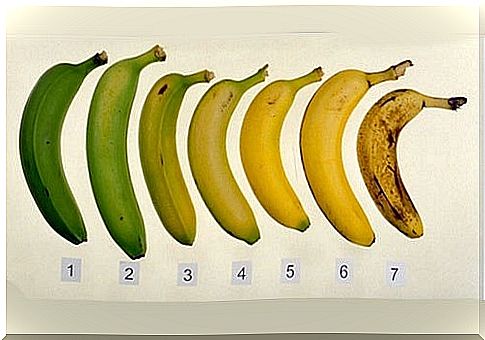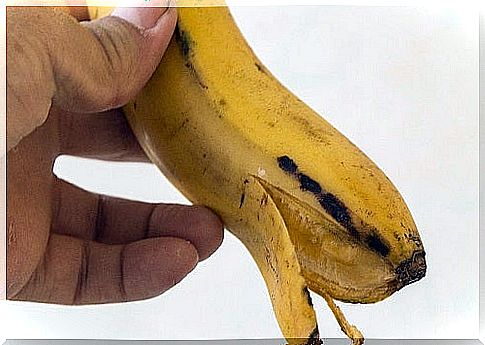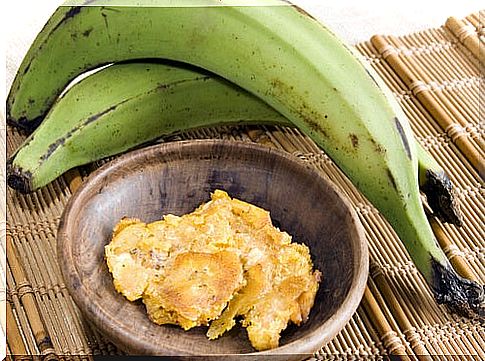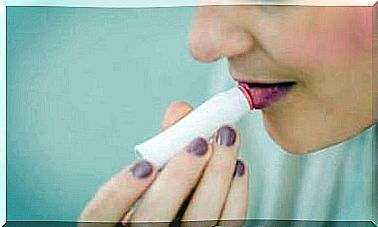Are Green Or Ripe Bananas Healthier?
Bananas are one of the most widely consumed fruits in the world. However, the question arises again and again whether green or ripe bananas are healthier.

Bananas are one of the most commonly consumed fruits worldwide. They taste delicious, are inexpensive and healthy. Many have removed them from their diets because they mistakenly think they make you fat. In addition, the question arises again and again whether green or ripe bananas are healthier.
It has been shown that moderate consumption is actually beneficial for your health, so you can consume bananas even if you are on a diet. But are green or ripe bananas healthier?
What are the properties of bananas?
Bananas are an excellent source of carbohydrates and provide plenty of plant-based energy. The sugar content is balanced out by the low fat content. Bananas are also high in fiber, which helps regulate and absorb sugar.
This fruit fills you up for a long time and is characterized by its high potassium content. Potassium stimulates the elimination of fluids and is also beneficial in treating high blood pressure, gout, and rheumatic diseases.

There are 90 calories in 100 g of bananas – but in moderation it has very health-promoting properties and – as already mentioned – can also be consumed on a diet.
Whether green or ripe bananas, they not only taste delicious but also contain important vitamins such as vitamin C, which is responsible for strengthening the immune system, and vitamin B6, which is involved in the formation of new cells.
Bananas improve blood circulation, prevent muscle cramps, are good for depression, keep cholesterol levels low, are good for skin and hair, and stimulate digestion. There are many reasons to eat bananas more often. Today, however, we are concerned with the question of whether green or ripe bananas are healthier.
Green or Ripe Bananas? That depends entirely on your needs

The ideal degree of ripeness for a banana depends on your needs and your taste. Some prefer green bananas, others only eat fully ripe ones. During the ripening process, the nutritional value of the bananas changes, which of course should also be taken into account.
The riper, the sweeter: During ripening, various enzymes are converted into starch and these are converted into mono- and disaccharides (for example into sucrose, glucose and fructose – simple sugars).
When the starch is converted into sugar, it is easier to digest. However, studies have shown that bananas lose various vitamins and minerals as they ripen.
Another study found that ripe bananas have more antioxidants and anti-cancer properties that the organism can greatly benefit from.
Once the banana is completely yellow and gradually getting black spots, a substance called TNF (tumor necrosis factor) is created, which has the ability to fight malignant cells.
In the same study, ripe bananas were found to be more effective at fighting cancer. It was also found that yellow bananas are 8 times more immune to immune systems than green ones.
Therefore, it is usually better to eat ripe bananas that are already blackened. However, if you have diabetes or high blood sugar levels, it is better to choose unripe, green bananas.
When is it not advisable to eat bananas?
Experts recommend avoiding bananas if you have kidney or liver failure. In these cases, it is best to consult the doctor before consuming this delicious fruit.
Do not forget…
- Bananas are great to use in recipes because of their delicious taste. However, they are best raw, because this way you can benefit from all the advantages.
- Storing bananas in the refrigerator can cause them to lose their flavor and many of their properties.
- Once bananas have been peeled, they should be eaten immediately and no longer stored.









